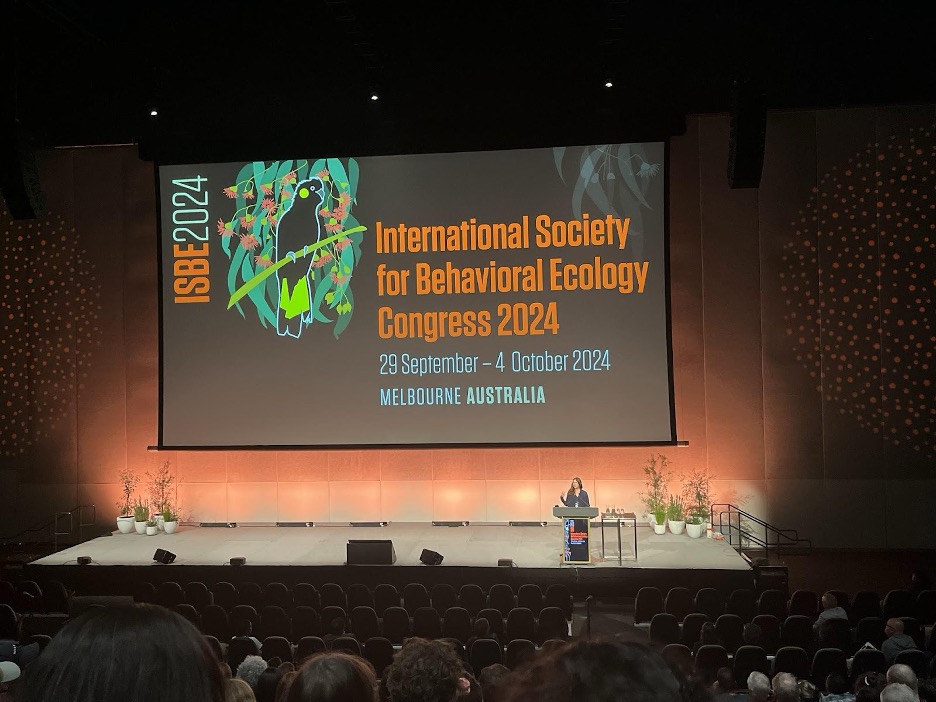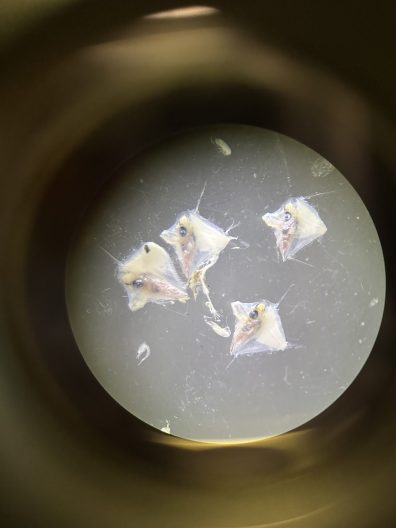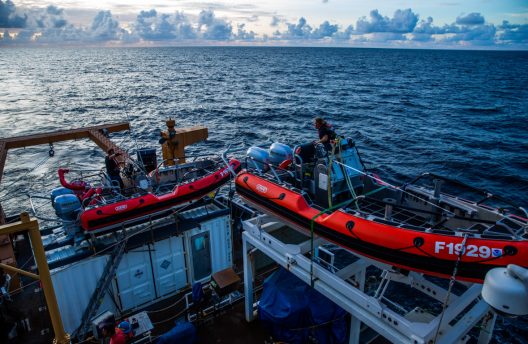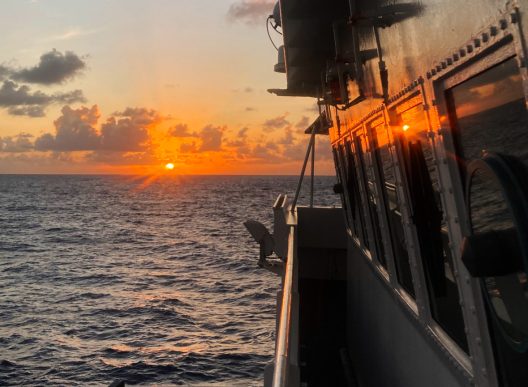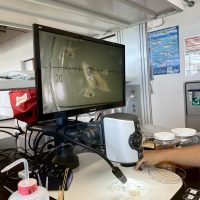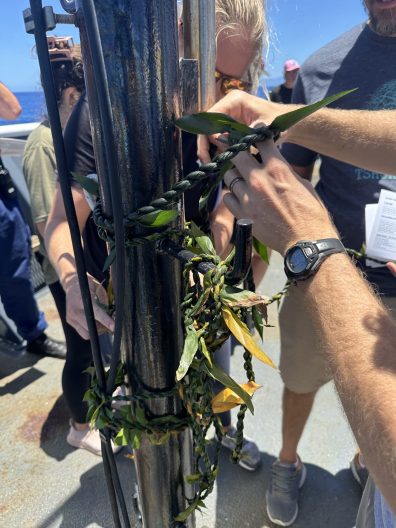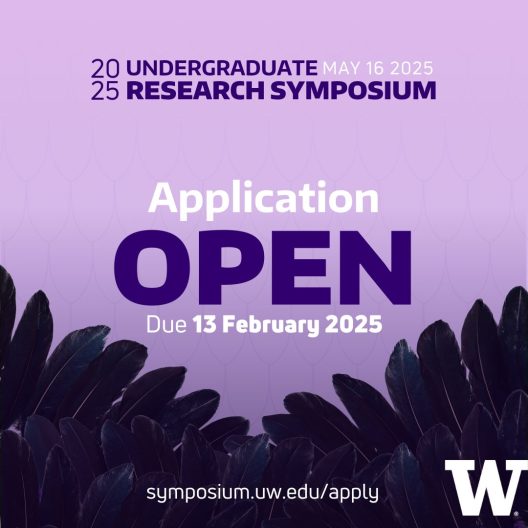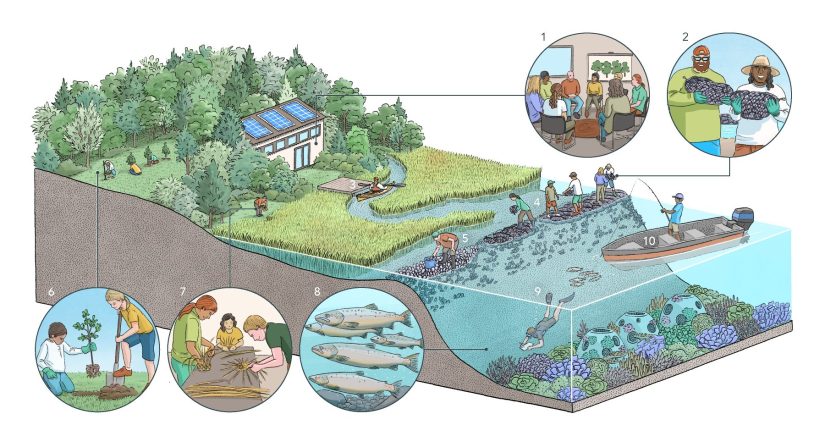Presenting my doctoral research at the International Society for Behavioral Ecology (ISBE) Congress in Melbourne, Australia in the fall of 2024 was an incredibly profound experience. Having previously presented at the 2022 Congress in Stockholm, the opportunity to share my work once more on such a distinguished platform was not only gratifying but also deeply humbling. Engaging with fellow researchers and ecologists from around the globe (over 50 countries were represented), all passionate and committed to the field of behavioral ecology, enriched my perspective and deepened my own commitment to my research.
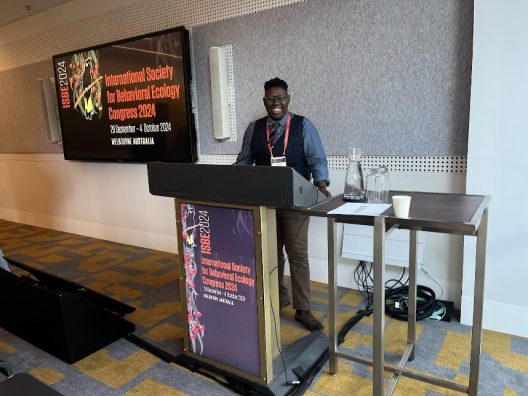
At ISBE 2024, I presented the second chapter of my dissertation, which explores how the risk of predators (e.g., bears) affects the behavior and reproductive success of spawning sockeye salmon in Bristol Bay, Alaska. We’re studying whether adult salmon that move between different parts of a stream (movers) during spawning have more successful offspring compared to those that stay in one place (non-movers). By combining past data on salmon movements with information on their offspring, we hope to better understand how breeding behaviors can impact survival and success in the wild.
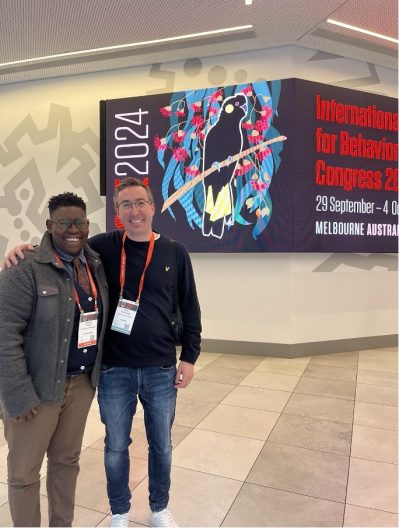
When I decided I wanted to attend the ISBE Congress in Australia, my first thought was about how to fund the trip. I’ve made it a personal rule to explore outside funding opportunities before approaching my academic advisor for support. In this case, the ISBE Congress offered a travel grant application, which I applied for. These applications are usually straightforward – they typically ask for your abstract, estimated travel costs, whether you’ve attended an international conference before, and whether you’re a master’s or Ph.D. student. Occasionally, they include a personal statement or ask why you’re deserving of the grant, but that’s not always the case.
I’ve been fortunate to receive travel grants from conferences or host universities that have allowed me to present my research at several international conferences. But if a travel grant doesn’t work out, I still prioritize finding other funding opportunities to support my academic goals. Professors often have limited funds and may encourage you to look for external funding as well, so I always try to exhaust those options first.
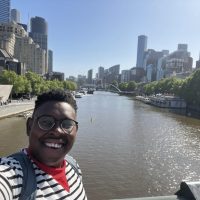
The conversations I had at ISBE 2024 were enlightening, pushing the boundaries of what I thought was possible and opening new avenues for scientific exploration, particularly in terms of scaling my fish habitat work from local to global impacts. This experience has significantly motivated me as a scientist to further my research with renewed vigor and a broader perspective, understanding more profoundly how interconnected our work and its implications are on a global scale.
Being in an environment where everyone is aligned in their dedication to advancing knowledge and understanding was incredibly affirming. It reassured me that the path I’ve chosen is not only valuable but essential. The ISBE Congress was more than just an academic exercise; it was a confluence of minds and spirits, eager to make a difference and contribute to the betterment of our environment and world.
